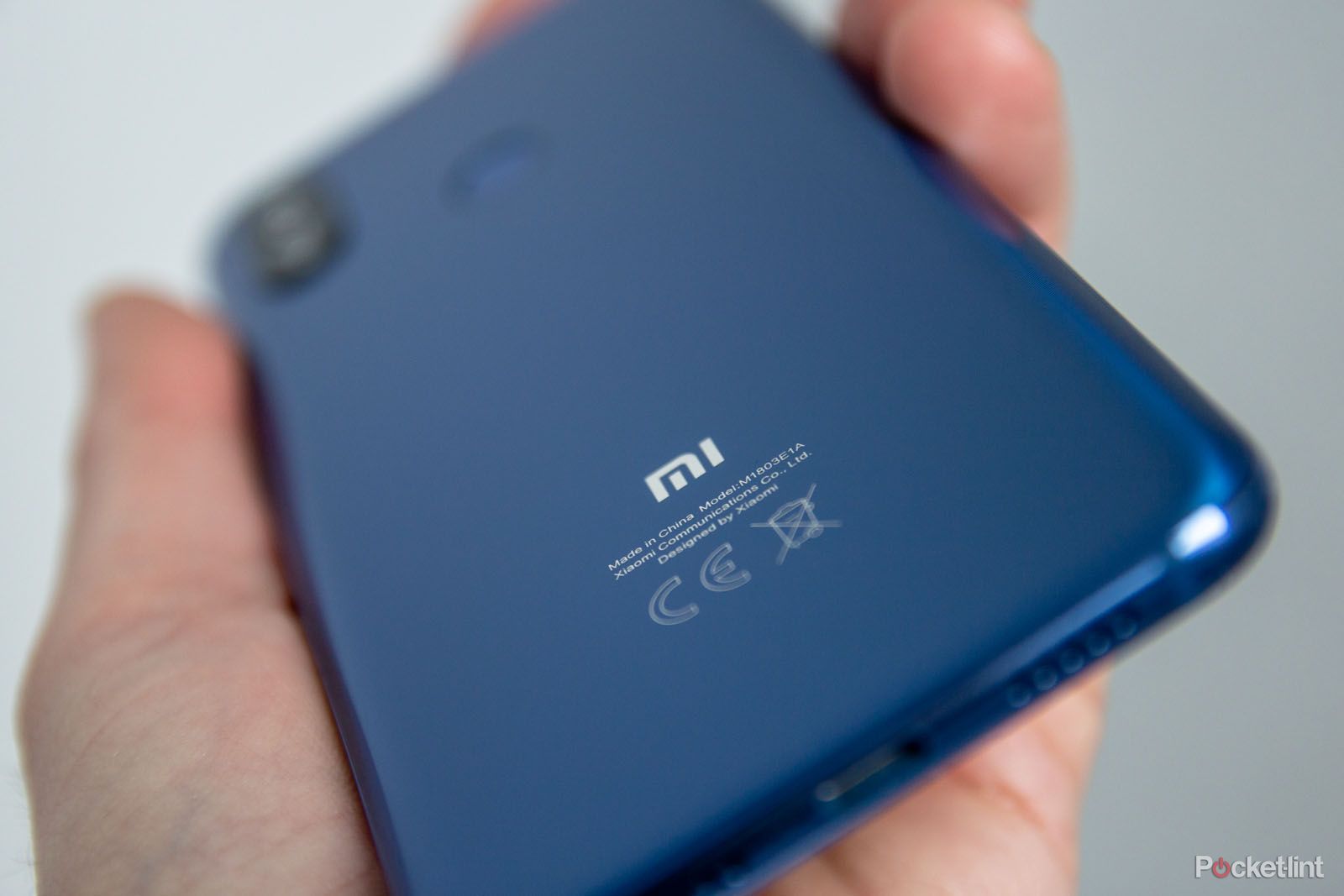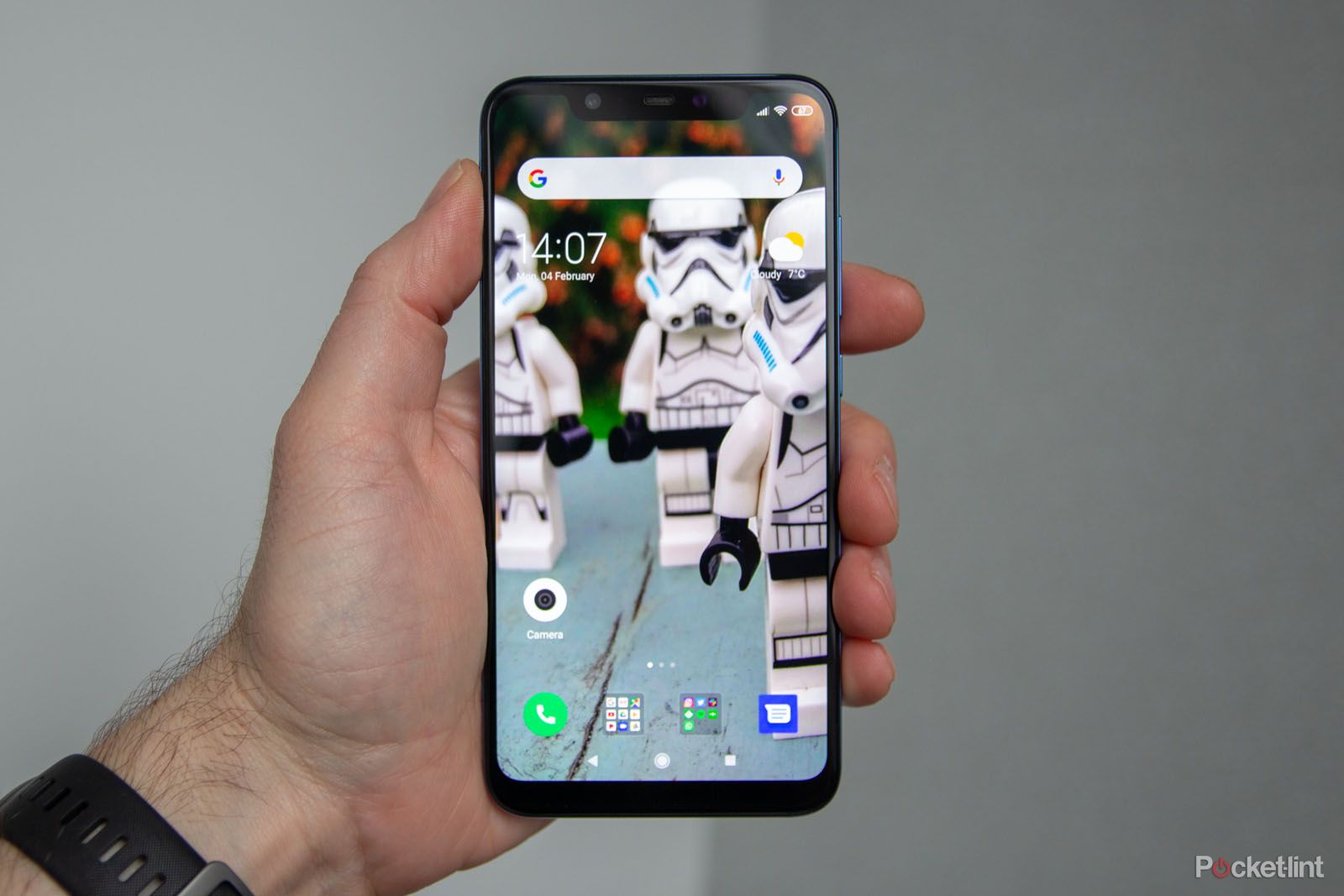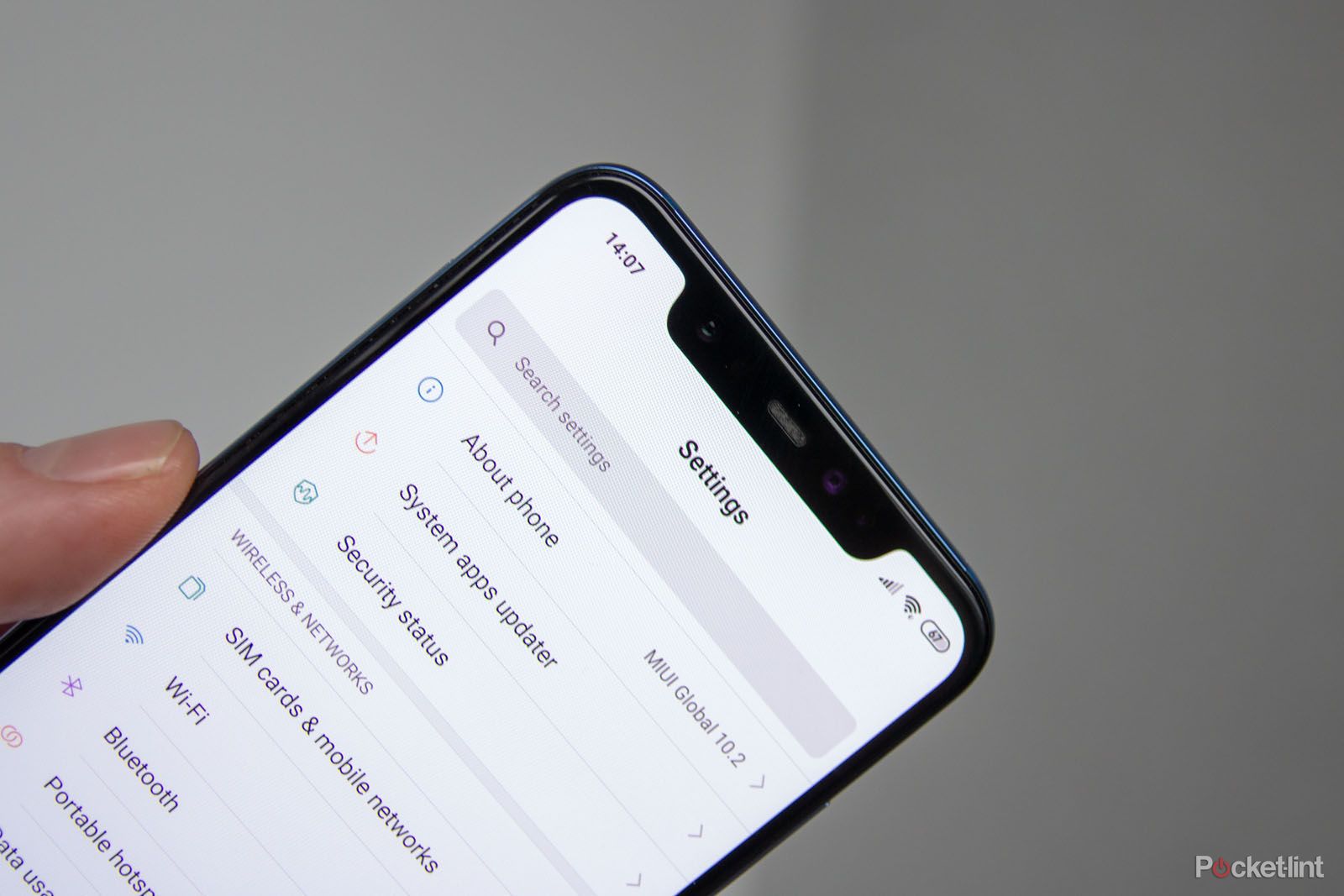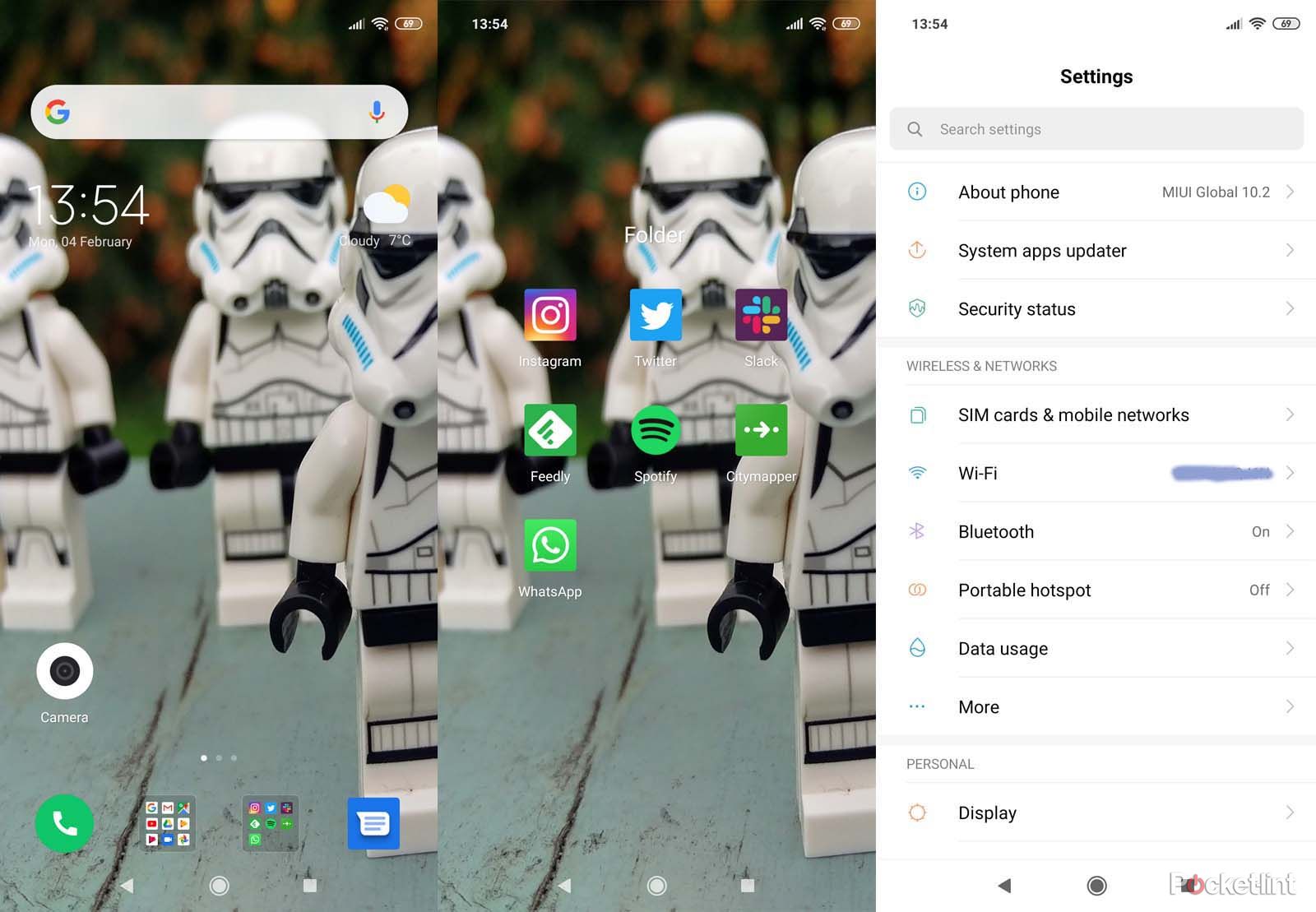At the top of the Xiaomi line-up is the Mi 8 series. While there's a pricier Pro model - not to mention the altogether different Mi Mix 3 slider phone - it's the 'standard Mi 8 that's the most conventional flagship of all.
The Mi 8 is also the most affordable of these leading Xiaomi devices, almost laughably cheap should you have the opportunity to take it on contract - which is something that Three in the UK offers, at around £20 a month. That's a deal for a flagship phone, although as it's about to be replaced by the Xiaomi Mi 9 does the current model make sense?
Our quick take
On many levels the Mi 8 is a rival to any top-spec phone out there, despite costing less than £500. Companies like Xiaomi and Honor are following along a path that (for much of the west) was started by OnePlus - offering credible alternatives to the big name phones, like those from Samsung.
The Mi 8 is a great phone for the money, but there are compromises that you'll have to accept. The software isn't as refined as a Samsung or as convenient as pure Android, the camera isn't quite class-leading in all areas, there's no waterproofing, the speaker could be better, and battery life isn't as long as some competitors.
If those things sound like acceptable compromises given the balance of price, then the Xiaomi Mi 8 is definitely a phone worth looking at. But with the OnePlus 6T sitting so close in price and offering a much cleaner software experience, it's clear where Xiaomi needs to focus its efforts to increase the overall appeal to a wider audience.
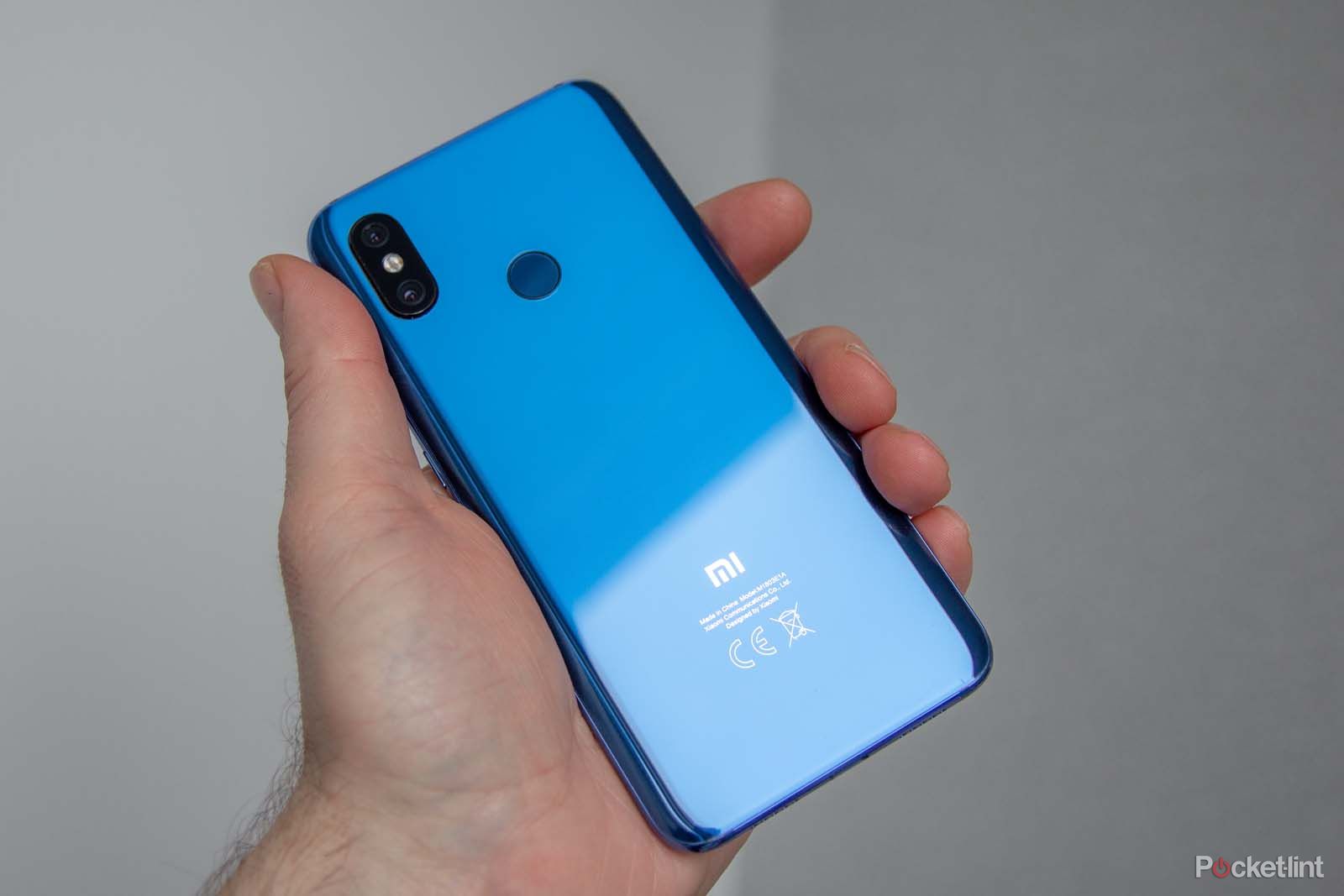
Xiaomi Mi 8 - 4.0 / 5
| FOR | AGAINST |
|---|---|
|
|
Xiaomi Mi 8
Xiaomi Mi 8 vs Mi 8 Pro
Before we get into the meat of this review, it's worth pointing out the differences between this and the Pro version of this handset. While both have the same core hardware, same display and the same cameras, the real difference is in three areas: the Mi 8 Pro has an in-display fingerprint scanner (the Mi 8 has a conventional scanner on the rear); the Pro has a so-called translucent back, so there's added geek appeal from those 'exposed' internals (they're not really exposed though); and the Pro gets 8GB RAM and 128GB storage. All of which bumps the price up by £50.
Premium design
- No dust- or water-resistant IP rating
- Blue or black colour options
- 155 x 75 x 7.6mm; 175g
The Xiaomi Mi 8 offers good quality design and build. It's a comfortable phone to hold, balancing fairly slim bezels around the display to give you plenty of space for play, while remaining easily pocketable.
Coming in blue or black finishes, the Mi 8 has a glass rear, curved towards the edges, with the dual camera arranged on the back in the same fashion as the Apple iPhone. Flip it over and there's a wide notch to the top of the display and a slim chin.
The bottom sees the USB Type-C flanked by grilles, one of which contains the speaker - it's a mono affair, easily covered by a hand, so sound quality is limited compared to say, a Pixel 3 XL. If you're a gamer, it's far too easy to cover this Xiaomi's speaker, so just be warned. There's also no headphone socket, so you'll need Bluetooth headphones if that's how you intend to listen.
Hardcore hardware for the price
- Qualcomm Snapdragon 845, 6GB RAM, 64/128GB storage
- 3400mAh battery with Quick Charge 4+ fast-charging
- 6.21-inch AMOLED (2248 x 1080 pixels, 402ppi)
The Mi 8 runs Snapdragon 845, which is Qualcomm's flagship platform of 2018. While this is about to be supplanted by the Snapdragon 855 in a wave of upcoming new phones for 2019, it's still fast, powerful and has been a great performer in every device we've seen it in.
That platform is paired with 6GB of RAM, perfectly adept at running games like PUBG Mobile with aplomb. It's the same hardware that lives in the Mi Mix 3 (but not the special editions), and seeing as we've mentioned Xiaomi's slider phone, we do find the Mi 8 easier to handle - especially when it comes to playing games - because it's much lighter and thinner.
While 64GB of storage means you get the lowest price, the 128GB version is £40 more in the UK. You'll need to make that choice, though, as about the only downside to the hardware configuration is that there's no microSD card for expansion in this phone.
When it comes to the battery life, the Mi 8 isn't stellar either. The 3400mAh battery is fairly capacious, but we manage to hit the end of most days needing to connect it to the power before an evening gaming session. In lighter use we've got through the 24 hours, but this isn't the longest-lasting phone around - with devices like the Honor View 20 offering a larger battery capacity for greater endurance overall.
The display on the Mi 8 is an AMOLED panel with a wide notch, a fairly typical elongated Full HD resolution, meaning content looks sharp enough. It's not the best display out there and compared to some of the leading phones - like the Samsung Galaxy S9+ - there's a noticeable difference. The Xiaomi just isn't quite as punchy (although some colour tuning is offered) - but that's not a critical thing unless you're comparing the two phones side-by-side.
What's a little more annoying is the Xiaomi's handling of auto-brightness. It loves to rest on the dark side (insert Star Wars quip here, eh?) and we're forever disengaging auto-brightness to bump things up a little to make it pop a little more - in games and in movies or when using the phone in the dark. Even though it'll use more battery, we think it's needed - as auto-brightness leaves things a little dull as it stands.
The whole MIUI thing
- Android 9 Pie with MIUI 10
- Some duplication and bloatware
The experience of a phone is very much defined by the software. For Xiaomi that means MIUI. Since we've been using the phone it's has moved from Android 8 Oreo to Android 9 Pie and, in turn, skipped to MIUI 10. As a result the software has improved, moving along some of the things we found a little dated in the previous version of the software.
We've also found the software on the Mi 8 to be better than on the Mi 8 Pro we reviewed - and even though that phone has updated to MIUI 10 and Android 9 too, there are still some differences. Ultimately the software experience of the Mi 8 has been better than the Pro for us.
With all that said, there's still a lot in MIUI that you don't need. There's a lot of Mi applications that duplicate Google services. That might sit well in territories that don't offer the full Google experience, but for those familiar with Android it can be a bit of a jolt - with doubling-up of applications like email and browser, say, or default applications not being as expected.
As a result you'll probably have to unpick some elements and make tweaks here and there to get things singing, but MIUI is slowly getting better for the wider world. There are some pre-installed apps, like Facebook, although these can be removed if you don't want them. Ultimately you'll end up with a folder of apps you don't ever use and, once tucked away, you can basically ignore them.
But make no mistake, MIUI runs roughshod over a lot of the finery of Android 9 Pie and that's a shame, because this phone feels like it could potentially offer a better experience with a little less software. As it stands, we're still drawn to Android One handsets from the likes of Nokia, or the lighter touch offered on the OnePlus 6T - which is very close in price to this Xiaomi, but offers a better experience (despite not offering pure Android software either, instead it's Oxygen OS).
Commendable cameras
- 12-megapixel f/1.8 main; 12-megapixel f/2.4 zoom camera
- 20-megapixel f/2.0 front camera
Cameras are where a lot the action is on smartphones these days. The Mi 8 pairs a 12-megapixel f/1.8 main camera with a secondary zoom camera, giving 2x zoom at the tap of a button. We prefer this configuration to some of the more dubious second lenses that just provide "depth information", because this one actually does something.
The downside to the zoom camera is the change in aperture which means you can get a drop-off in quality if you're not shooting in great conditions. Once in low-light settings the second lens (the top one) actually disables, using digital zoom from the main camera instead.
The zoom lens is also used in portrait mode on the rear camera, which also limits the range of use for portrait mode to brighter conditions. Attempt to use it in low light and you'll get a warning that it's too dark. In good light, though, it's a lot more capable. There's some edge confusion where things blur beyond where they should, but it will generally give good results.
HDR (high dynamic range) shots are pretty good and the AI (artificial intelligence) functions will tweak your shots to be more aesthetically pleasing - and offering better results than some AI cams, like Huawei's over-worked Greenery and Blue Sky results. You can toggle the AI on or off as you choose, although you can't remove the AI processing once a picture is taken.
In low light the Mi 8 isn't so strong and it's here you miss the remarkable offerings that some manufacturers have rolled out. Huawei and Honor have a great night mode - with Honor being closest on price - and then the Google Pixel is something else with its Night Sight mode (but it's much more expensive too). You'll see image noise in shadow areas creeping up with the rising ISO on the Mi 8, with longer exposures leading to blur when it gets too dimly lit.
The front camera offers lots of megapixels, but its limitations really come down to processing. This is where the AI of the likes of Huawei and Google give much better results. The Mi 8's portrait mode offers bokeh (that's the blurred background) but is prone to making some fridge mess, so the simpler the shot the better. As we found with the Mi 8 Pro, the standard model also isn't as adept taking selfies as it is photos with the rear camera, as things like HDR don't work so well.
Xiaomi also offers a full range of face touch-up and beatification modes. Each to their own we suppose, as there's not a lot we can do to make this writer's withered face look better. It's just not for us.
There's one other constant irritation too. There's the option to have a double-press of the power button to launch the camera. It's a standard Android feature and often the fastest way to open the camera. But on Xiaomi phones it locks the phone before launching the camera. Huh.
Xiaomi Mi 8
To recap
There's a lot that the Mi 8 does right for its asking price. While there are compromises, the experience is positive overall. It's only really the more established competition from OnePlus that poses much of an issue.

